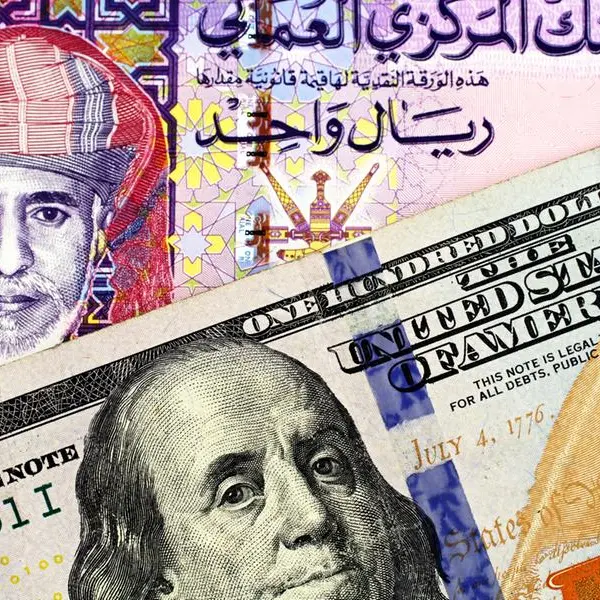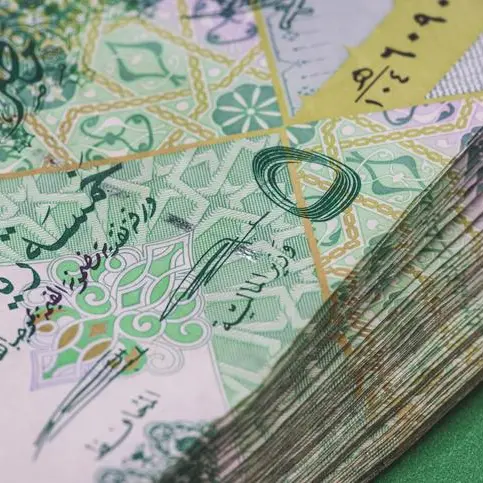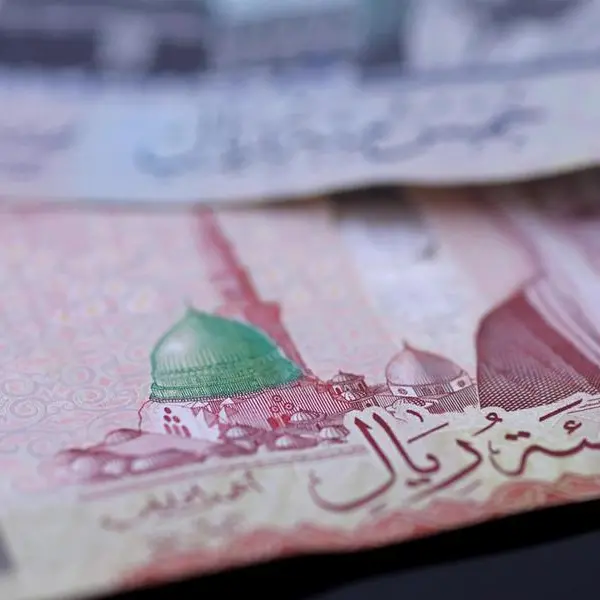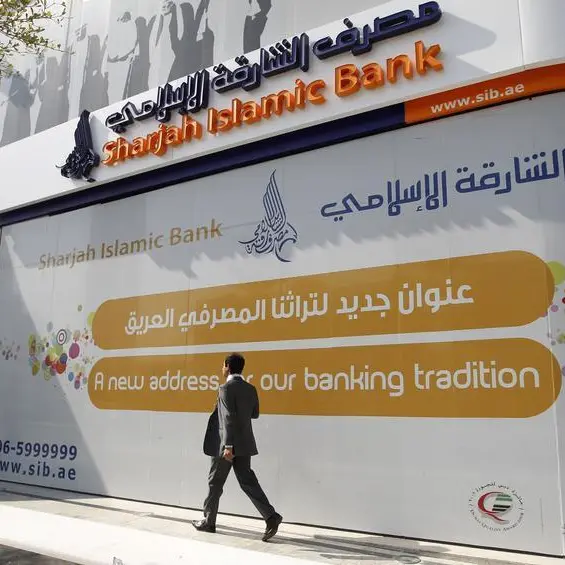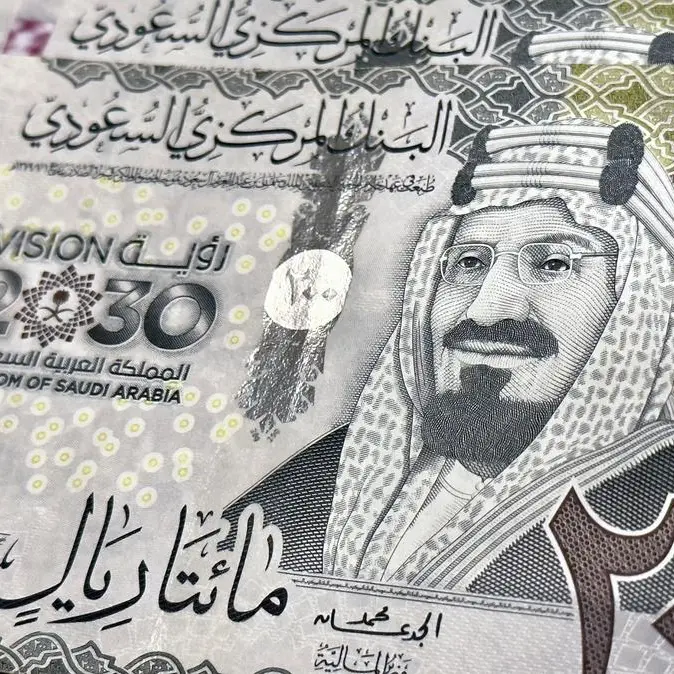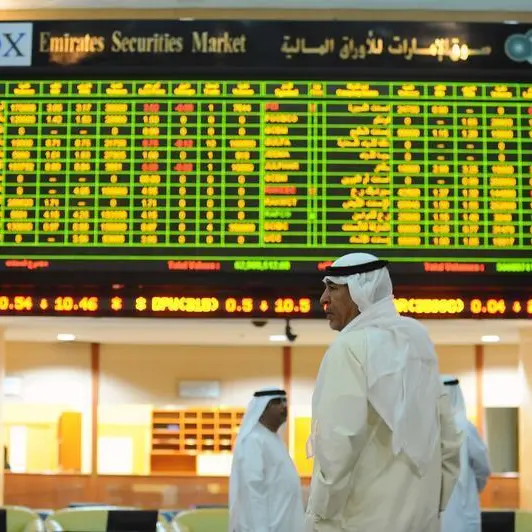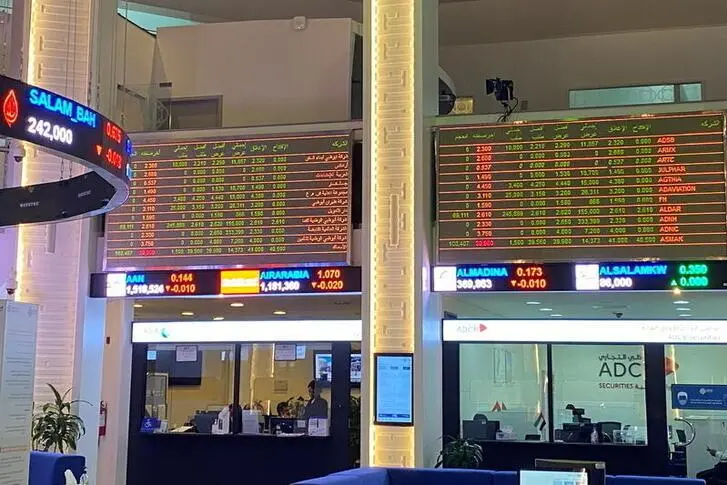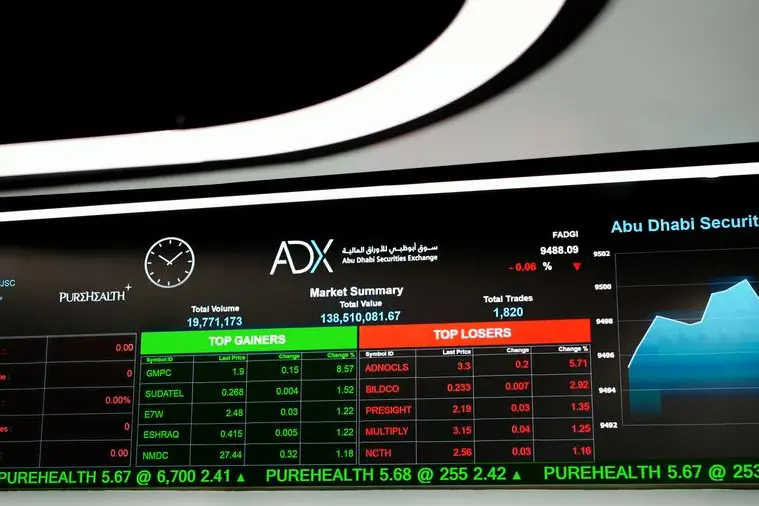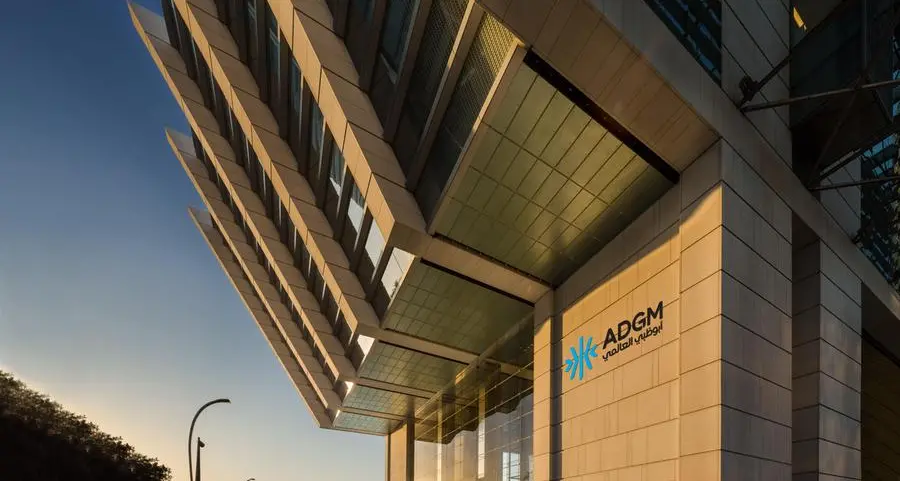PHOTO
Sharjah,UAE - February 10: The view of Sharjah Skyline at Sunset on february 10, 2019 in Sharjah, United Arab Emirates. (Photo by Rustam Azmi/Getty Images)
ABU DHABI – The Central Bank of the UAE (CBUAE)’s Financial Stability Report for 2022 affirmed the UAE Islamic banking sector assets continued to grow in 2022 to account for 23.0% of total UAE banking sector assets.
In line with the overall banking sector, profitability continued to recover, with adequate capital buffers on aggregate, whilst lending capacity remained ample, supported by improved liquidity buffers. Additionally, asset quality improved, with a decline in non-performing financing and stable provision coverage.
According to the report, the UAE Islamic banking sector assets expanded 8.3% to AED 845.2 billion in 2022. The UAE banking system comprises eight fully-fledged Islamic banks and 17 Islamic windows established by conventional banks with total asset size of AED 630.7 billion and AED 214.5 billion, respectively.
Demand for Shariah-compliant financing remained strong, with growth of 4.9% observed in 2022, taking total financing to AED 536.4 billion.
This was driven by government and retail financing, whilst private corporate financing, which accounted for the majority (41.7%) of total financing, decreased by 2.1%. Personal consumer financing was the main contributor to retail financing growth, followed by mortgage and car financing.
The investment assets portfolio, accounting for 15.0% of total assets, continued to expand by 13.9% in 2022 to AED 127.2 billion.
The increase was driven by growth in Sukuk holdings, which accounted for more than 97% of the total investment portfolio. Islamic banks remained primarily well-funded with customer deposits accounting for 66.3% of total liabilities, whilst capital markets funding represented only 5.2%.
Total deposits grew 4.1% to AED 538.6 billion, a 1.3 percentage point increase compared to last year. Of total deposits, profit-sharing investment accounts (PSIA) accounted for 68.4% and grew by 15.8% in 2022. Capital market funding grew by 7.0% in 2022.
53.0%.
Profits continued to recover, with ROA increasing by 0.5 percentage points compared to last year to 1.8%. The increase in profits was attributed to higher net financing income and lower impairment charges. The cost-to-income ratio also improved to 28.9%, indicating further cost efficiency.
Moreover, capital buffers remained adequate, with an aggregate CAR of 17.7%.

